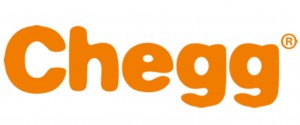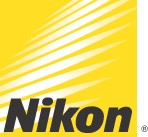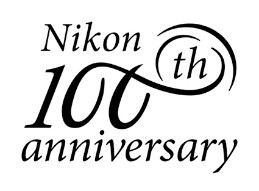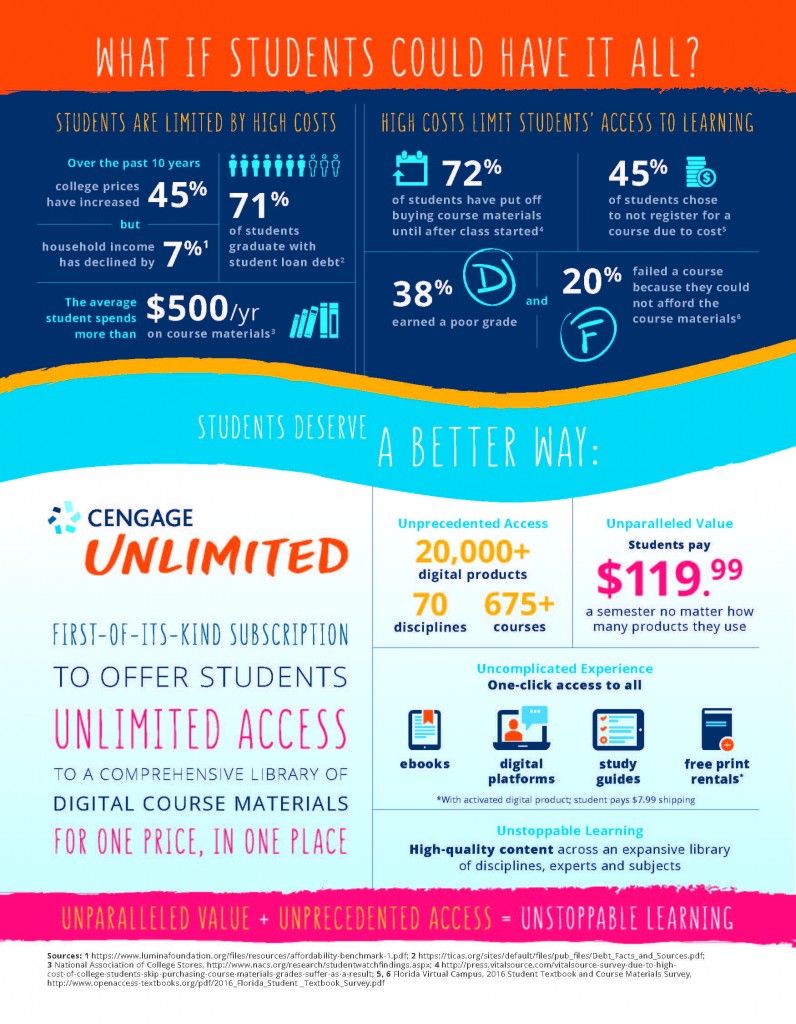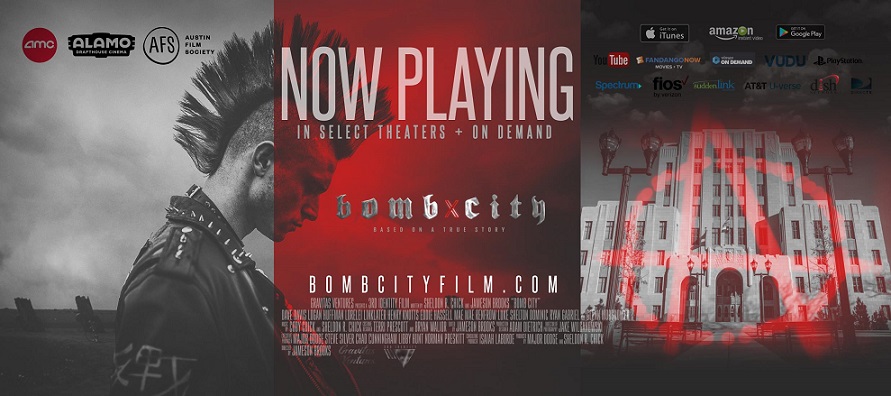
Los Angeles, CA – First time Independent Filmmakers raised funding for “Bomb City” which depicts the true life story of punks vs. preps and what would ultimately become a massive movement from 1997 to today. Their DIY approach to bringing this movie to life would garner them critical acclaim, mass distribution and ultimately create a movement.
Celebrities, musicians and UFC fighters all signed on for the movie, with little to no pay so the story would be told. Punk icon CJ Ramone and Oscar nominated Producer/Director Richard Linklater (“School Of Rock”) would be two of the movies biggest advocates by hosting the Q&A’s around the country. “Bomb City” would sell out at every city and sweep the film festivals, proving hard work, dedication commitment and a compelling need to telling the truth, would pay off.
Set in 1997, “Bomb City” depicts the true story behind a controversial hate crime that divided the nation. In the film, director Jameson Brooks deconstructs two parallel worlds of the punks and the preps of Amarillo, Texas. “We put our hearts and souls into the making of “Bomb City” Brooks says. “This is where we start the movement against intolerance…Where we spread the message of unity…Where we celebrate the main character, Brian Denekes’, legacy with the world.” In the modern day bullying movement, many Millennials are resonating with fact that Deneke and his friends were literally bullied in the 90’s and pushed back, thereby creating retaliation on both sides.
Throughout the film, the radical appearances of the punks stir social intolerance within the community, particularly with a group of high school football jocks known as “white-hatters.” After losing a football game, the white-hatters have an altercation with several punks, igniting a series of hostile encounters between the two groups. One evening, these encounters climax with a horrific, violent street fight that would soon become notorious for being one of the most controversial hate crimes in modern American culture.
The young filmmakers grew up in Amarillo and knew the story of Brian and his friends. It would become their mission to tell the truth about the punk rock movement vs. the revered conservatives who hated them so vehemently, and the fact that the community backed the football players and their friends. “Today’s social media wouldn’t stand for this, but that wasn’t available in 1997. What is shocking is that the millennials have been our key demographic and seem to completely resonate with Bomb City. Not to mention the positive reviews from key media sources.” Stated Nadine Christine, Chief Publicist for the movie.
“Bomb City” will keep you in its grasp during every moment leading to its climactic violence. And it won’t let go until the closing credits roll.” Variety Magazine
“Under the direction of Jameson Brooks, the film is impressively even-handed. There’s no equivocating aside from the arguments of the defense attorney, and a sense of unease is sustained through the entire film via muted visuals and an impressively spare score (written by Cody and Sheldon Chick).” The Daily Beast
“Bomb City” delivers a clear moral message: a Mohawk and a leather jacket make a young man a threat to society as much as a pair of khakis and a baseball cap make another one virtuous and decent.” Forbes Magazine
“An empathetic drama ready to put straight-laced audiences in the shoes of a maligned subculture.” The Hollywood Reporter
“We all live in Bomb City, one stray match and the whole thing will explode.” The Austin Chronicle
Winner of the Audience Award at the Nashville Film Festival and 2017 Dallas International Film Festival, ”Bomb City” has struck a chord with many viewers across the country. “Brian’s story has touched me since day one,” says actor and producer Major Dodge. “Now we get to share it with the world! I know it will do the same for anyone who watches the film.”
The Los Angeles Premiere took place on February 9th; with an all-star lineup in attendance to see the movie. “Ruthless” Robbie Lawler (UFC Champion), Shawn Smash & Miguel Conflict with band Total Chaos, Henry Melton (Pro Bowler for the Chicago Bears), Lamarr Houston (Linebacker for Chicago Bears) and many more were moved by these young filmmakers passion for getting this story told and the hard work they put into the film.
“Bomb City” stars Dave Davis (The Walking Dead), Glenn Morshower (24, Transformers) Logan Huffman(V, The Preppie Connection), Mae Mae Renfrow (Hunter Street on Nickelodeon,) “Ruthless” Robbie Lawler and Major Dodge (Murder Made Me Famous: John Gotti). The film is directed by Jameson Brooks, written by Brooks and Sheldon Chick, and produced by Chick and Major Dodge.
“Bomb City” was released on February 9th, 2018 for a limited time in select theaters and On Demand worldwide. For more information about Bomb City, and to view the official trailer, please visit www.bombcityfilm.com. And follow them on Facebook https://www.facebook.com/BombCityFilm Twitter and IG: @bombcityfilm
For interviews or showings please contact:
Nadine Christine
nadine@innovativesouls.com




